DevOps vs GitOps vs ContentOps: And Why DevContentOps Is The Future

Amanda Jones
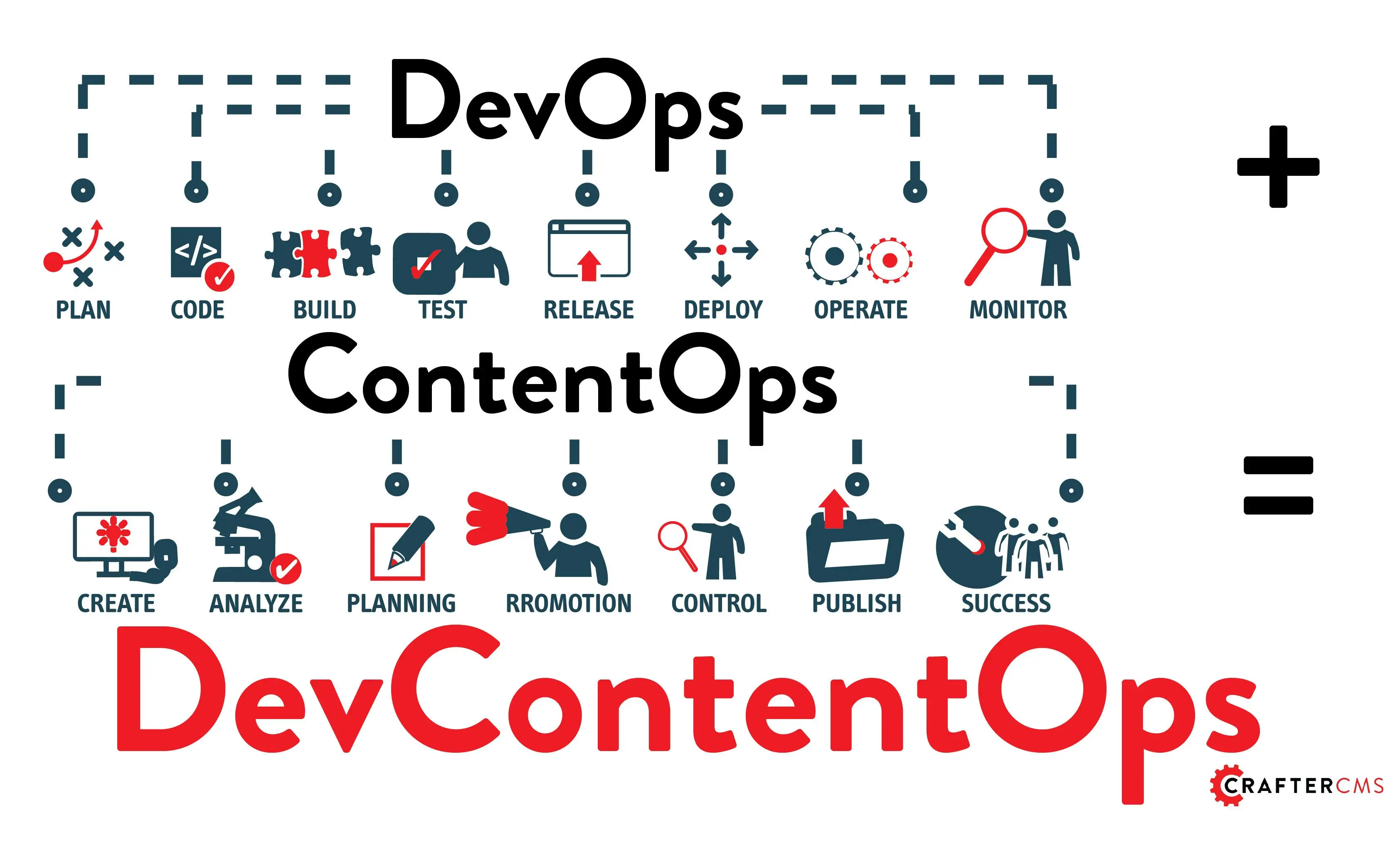
With the incredible pace of software development today, companies have increasingly turned to newly emerging approaches and methodologies to streamline the development and delivery of applications. Technology is getting more complex, yet many enterprises are struggling to implement effective processes for managing these large-scale software projects.
That’s why the adoption of DevOps has seen tremendous growth in the past few years, and more than 40% of IT decision-makers foresee IT automation technology as having the greatest impact on their organization. Many enterprises are turning to DevOps as a critical aspect of their digital transformation strategy, but building digital experiences is still a challenge without an organization-wide approach.
DevOps, therefore, hasn’t been the silver bullet organizations were hoping for, especially when it comes to content-driven applications. That’s why many variations of DevOps have emerged from GitOps to ContentOps and DevContentOps. But what exactly is the distinction between all of these buzzwords?
Let’s look at the different terms surrounding IT operations strategy, and how to combine the best of each methodology to manage content-driven applications more effectively.
What is DevOps?
DevOps is a set of best-practices for bringing together development and IT operations teams to build, test, and deploy software faster and more reliably. At the center of DevOps is cross-functional collaboration and automation, but many companies also incorporate tools for configuration management, containerization, orchestration, monitoring, and more. The DevOps methodology grew out of a necessity for organizations to streamline the development of large, complex software.
That’s because the strategy for developing monolithic applications isn’t applicable as organizations move to microservices-based software architectures. In the past, developers would give their code over to the QA team for testing; and in turn, they would give the code to IT operations for deployment. The traditional software development process was slow, and involved a lot of manual work, making it unreliable. Each team had its own processes and objectives, so there was little unified ownership or accountability of software projects across the organization.
Using automation, however, companies can now create a seamless continuous integration and continuous delivery (CI/CD) pipeline that involves all IT teams. New versions of software can even be released multiple times per day, so companies can more easily adapt to customer feedback in real-time. Under the DevOps approach, development cycles are often shorter, and the quality of software delivered to end-users is generally higher. Many adopters of the DevOps approach, however, fail to unify the management of content and configuration within their CI/CD pipelines.
Where DevOps Falls Short
DevOps is a great approach for organizations undergoing digital transformation or seeking to streamline their operations because of the quick feedback involved. However, when DevOps is implemented it might ignore the positive impact that it can have on the other connected parts of the organization. If DevOps is limited to just the development and operations departments, then the full benefit to the organization will not be realized.
Developers in many cases have to modify their existing design approaches to successfully implement DevOps. For example, the move from monolithic software architectures to microservices can have tremendous benefits. So for organizations that focus on developing applications using a cloud-native approach that includes microservices as opposed to simply a generic cloud-based approach that simply points to cloud infrastructure, the solution is GitOps.
What is GitOps?
GitOps is a declarative and cloud-native approach to configuration management and infrastructure as code (IaC) that leverages version control. Originally derived from DevOps, but instead GitOps leverages Git specifically. And many strong proponents of GitOps believe it’s the future of DevOps. As more companies move to complex cloud-based microservices software architectures, managing infrastructure using version control is becoming increasingly more critical.
GitOps processes are often used with containerized Kubernetes deployments because the platform can take declarative input as the desired infrastructure state to strive for. By using Git, IT teams can more easily handle configuration management and deployments because GitOps brings the deployment workflow closer to developers.
The main benefit of GitOps is that by having centralized code and configuration, there’s a single source of truth for the application's underlying code and deployment infrastructure. Developers can easily push new changes or revert to previous versions quickly.
Benefits of GitOps
Stricter Version Control
DevOps helps to boost operational efficiency but it makes it difficult to limit the control of the production environment. In typical developer workflows, there are multiple release cycles and code branches. GitOps makes it easier to manage all of these branches.
Deploy Quicker
Similarly to DevOps or any system that focuses on CI/CD, GitOps can make deploying to production faster. The benefit of GitOps is that developers don’t need to switch from the tools they’re accustomed to, but can instead use the same version control system they’ve been working with previously.
Faster Recovery
The benefit of Git is that it's easier to track modifications and revert back to an older version of an application quickly if there are any issues. With GitOps developers can be given more freedom to experiment with existing infrastructure without worrying about disrupting the main environment.
Increased Security
With stricter control and easier recovery, Git provides an added security boost since developers can track the changes made to the repo and identify any unwanted entries. Also, the shared infrastructure model of containers means that companies can be more vulnerable to security threats if proper tools and protocols aren’t in place.
While GitOps unifies the management of code and configuration, it still doesn’t bring together the management of content as well.
What is ContentOps?
The main issue with purely DevOps or even GitOps is that these methodologies don’t address content applications at all, and content is vital for most modern applications. Users rely on content to help make their decisions about almost everything in the digital world, not just websites but also apps.. That’s why many enterprises have a ContentOps strategy for managing content at large scale.
While the previous methodologies focused on the needs of developers and IT operations, ContentOps puts the needs of content teams first. ContentOps includes the set of processes, people, and technologies involved in creating, managing, and publishing content.
An established ContentOps system makes it easier for companies to create high-quality content that helps drive application usage. This content can also be produced at a faster rate and streamlines the involvement of subject matter experts in the content creation process.
With ContentOps, therefore, companies put an emphasis on choosing and implementing a CMS, but there’s often little thought given to the related content-driven applications - how the software applications are developed and deployed into production, and how the CMS is integrated into the CI/CD pipelines and other DevOps processes.
The problem is that this leaves developers with less involvement in content management, while they’re ultimately responsible for delivering content-driven applications. The content and code for software are managed completely separate from each other, but they need to be unified during delivery. That means deployments can lead to downtime, content freezes, and many other issues that prevent CI/CD. Most ContentOps approaches, therefore, often fall short from a development and IT operations standpoint.
Read More: What is ContentOps
How CrafterCMS Enables DevContentOps
The various IT operations strategies that companies are adopting all have one primary goal: delivering high-quality software to market fast. As we’ve seen, however, most of these approaches have their drawbacks. Mainly, they each fail to enable the collaboration between developers, IT operations, and marketers when building content-driven applications. That’s where a DevContentOps process comes in.
DevContentOps brings DevOps, ContentOps, and — with CrafterCMS — even GitOps together to form a powerful strategy for developing and delivering content-driven applications. That’s because Crafter leverages a Git-based content repository, a headless API-first developer platform, a user-friendly content authoring experience, a containerized microservices design, and shared-nothing serverless architecture that fits in seamlessly with each of the previous methodologies.
Much like GitOps and ContentOps, both configuration and content can be easily pushed and pulled between environments with its related application code using Git. That means Crafter is ready by default for an automated CI/CD pipeline, fully synced content across environments globally, and truly planet scalable deployments. Furthermore, the content authoring and publishing process operates seamlessly with software development and delivery, enabling “continuous publishing” (CP). In other words, CrafterCMS helps to fully automate a unique CI/CD/CP pipeline. Everything related to a particular website or application is fully managed and lives in one accessible place - one underlying distributed Git-based repository.
When building content-driven applications, DevContentOps is the best way to guarantee faster time to market and dramatically simplified IT operations. With enterprise software development and digital product development, it’s crucial to unify marketing, IT operations, and development teams. And the best way to start is with unified content, configuration, and code -- tools, processes, and teams.
Related Posts
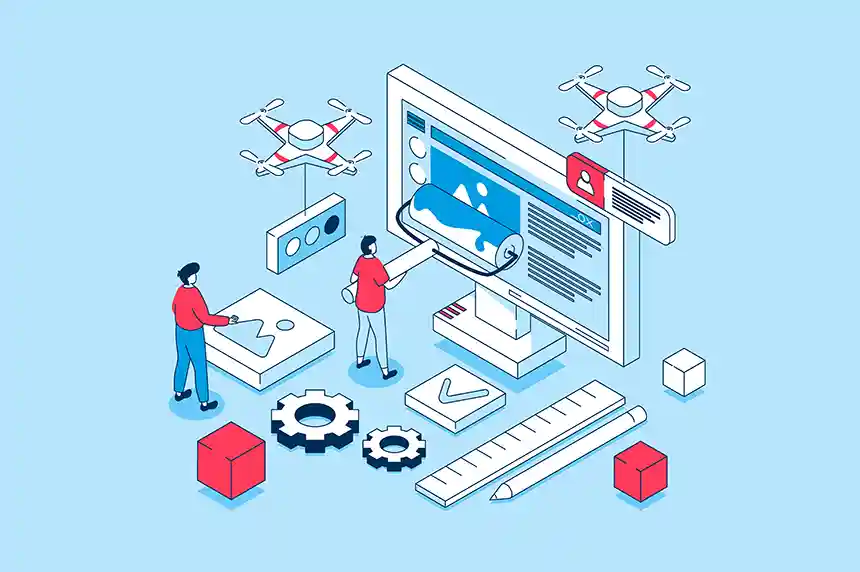
Implementing DevContentOps: Best Practices for Integrating DevOps and Content Management

Amanda Lee

The Future of CMS (and Overcoming Problems in Content Management)

Sara Williams

What Is a Hybrid CMS? (The Solution For Marketers & Developers)

Sara Williams

Composable CMS: The Key to Increased Agility and Flexibility

Amanda Lee
Related Resources
-

Introducing CrafterCMS v4.0
Webcast
-
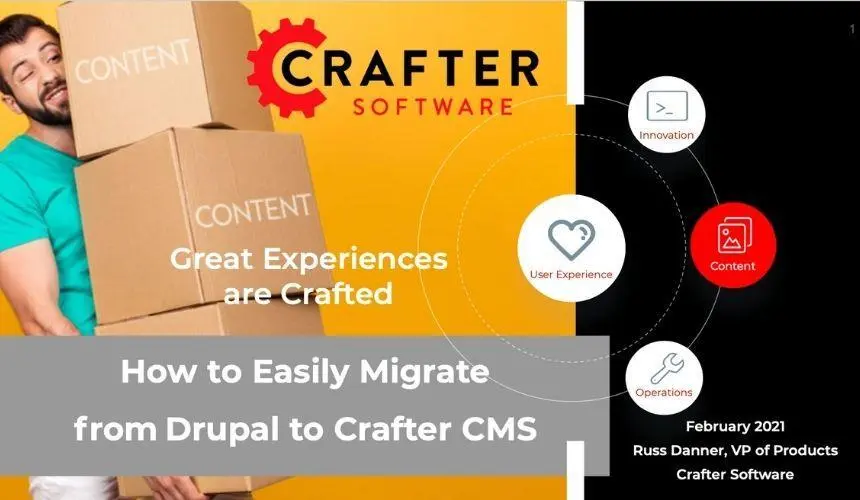
How to Easily Migrate from Drupal to CrafterCMS
Webcast
-

The Hire Street: Powering Private Events and Catering E-Commerce with CrafterCMS
Case Study
-
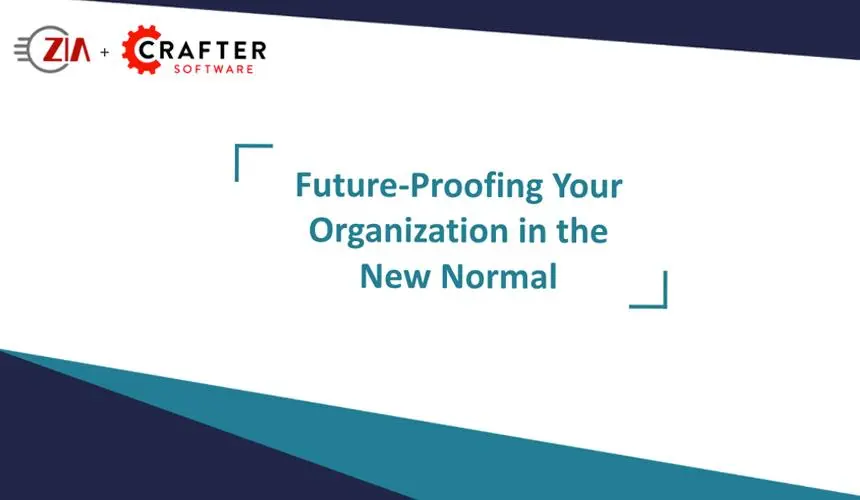
Future-Proofing Your Organization in the New Normal
Webcast
-
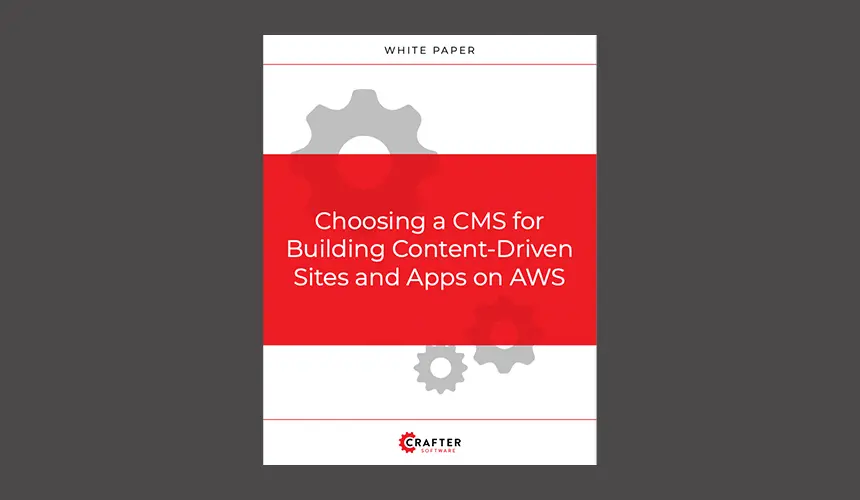
Choosing a CMS for Building Content-Driven Sites and Apps on AWS
White Paper





